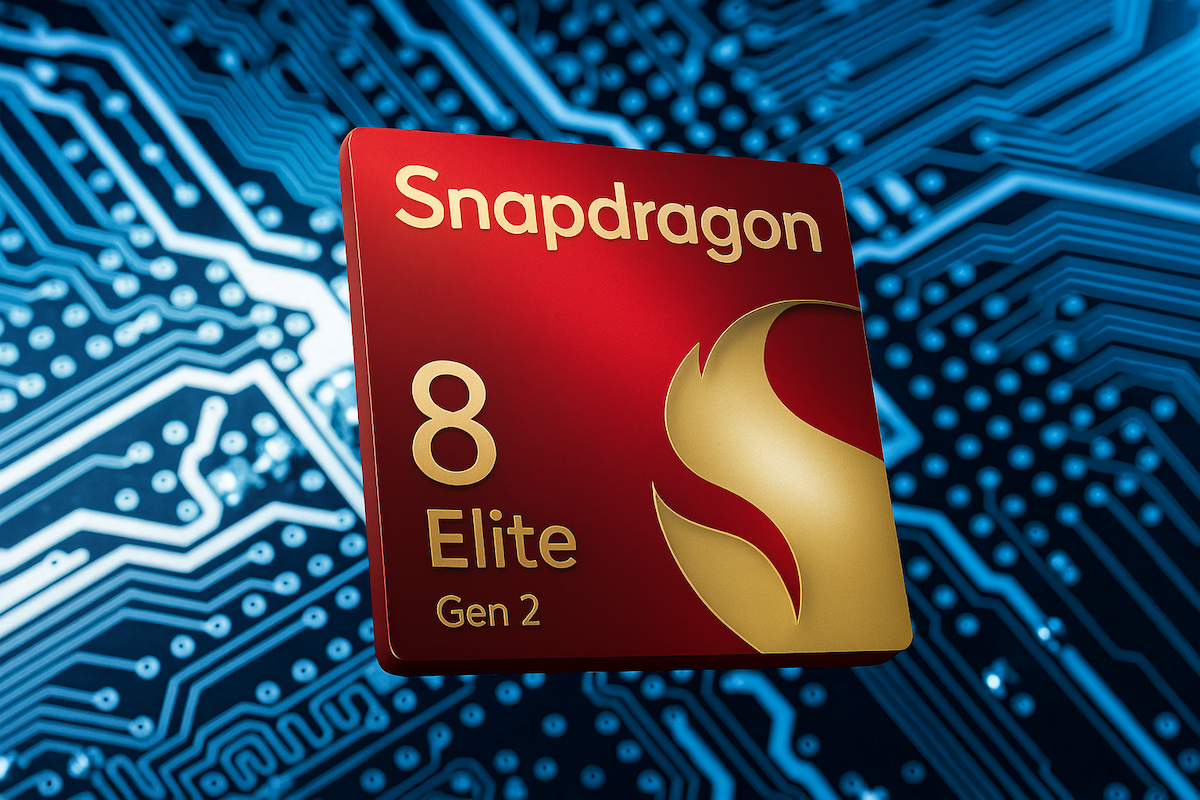Snapdragon 8 Elite 2: Everything we know so far

Qualcomm marked a significant turning point in its history with the Snapdragon 8 Elite, a chipset that signaled the company’s triumphant return to crafting custom CPU cores after a ten-year hiatus. This strategic shift, combined with a move to an advanced 3nm manufacturing process, resulted in substantial performance leaps across the board, cementing the 8 Elite’s position as one of the most powerful mobile platforms currently available.
Now, it appears the chip vendor has no intention of resting on its laurels. In a notable strategic shift, Qualcomm is accelerating the release schedule for this year’s successor, the Snapdragon 8 Elite 2. This move is significant as it provides smartphone and tablet manufacturers with earlier access to the flagship silicon, potentially allowing them to bring their 2026 flagship devices to market ahead of the traditional cycle. What follows is a comprehensive look at what we know about this next-generation powerhouse and its impending debut.
Building on the successful foundation of its predecessor, the Snapdragon 8 Elite 2 is expected to refine the custom core architecture. Current intelligence suggests it will retain a similar design philosophy, featuring two primary high-performance cores paired with six mid-size efficiency cores. It is also widely anticipated that the new chip will be fabricated on the same 3nm node that contributed to the first generation’s efficiency and power.
The most compelling new information comes from a recent leak originating from China, which purports to reveal the chip’s Geekbench benchmark scores. If these figures prove accurate, they signal a dramatic performance uplift. The leak indicates a single-core score exceeding 4,000 and a multi-core result surpassing 11,000. To place these numbers in perspective, the original Snapdragon 8 Elite typically maxes out around 3,190 in single-core and 9,957 in multi-core tests.
This data suggests Qualcomm is aiming for a single-core performance increase of up to 30% and a multi-core boost of as much as 12%. Achieving such impressive gains for a second consecutive year would be a remarkable feat, especially considering the already-narrow performance gap between the Snapdragon 8 Elite and its primary competitors. However, it is crucial to treat these preliminary details with caution until they can be verified with real-world, hands-on testing.
Raw power is only part of the equation, particularly in mobile gaming. The Snapdragon 8 Elite established itself as a formidable gaming engine, offering significant overhead to handle graphically demanding titles at stable framerates with maximum settings. The primary limitation has often been the Android gaming ecosystem itself, which still lags behind iOS in the availability of true console-quality titles.
While details on this year’s Adreno GPU upgrades remain under wraps, a critical area for improvement will be thermal management. The Snapdragon 8 Elite exhibited a tendency to run hotter than its predecessors, leading to overheating in some devices despite the inclusion of substantial cooling solutions. For the Snapdragon 8 Elite 2 to be an unqualified success in 2026 flagships, Qualcomm must implement more effective thermal thresholds to ensure sustained performance without excessive heat.
Qualcomm has officially confirmed it is moving up the launch window for its next flagship chipset. The Snapdragon 8 Elite 2 will be unveiled at the company’s annual Snapdragon Summit, now scheduled for September 23. Traditionally, this event has been held later in the fourth quarter, with the first wave of devices appearing in the first quarter of the following year. This accelerated timeline is a clear strategic maneuver, positioning the new Snapdragon to compete more directly with Apple’s forthcoming A19 Bionic chip, which is expected to be announced around the same time.
While many specifics regarding the Snapdragon 8 Elite 2—including innovations in camera processing and connectivity—are still unknown, these details are expected to emerge in the coming weeks leading up to the official launch. This article will be updated as more information becomes available.




